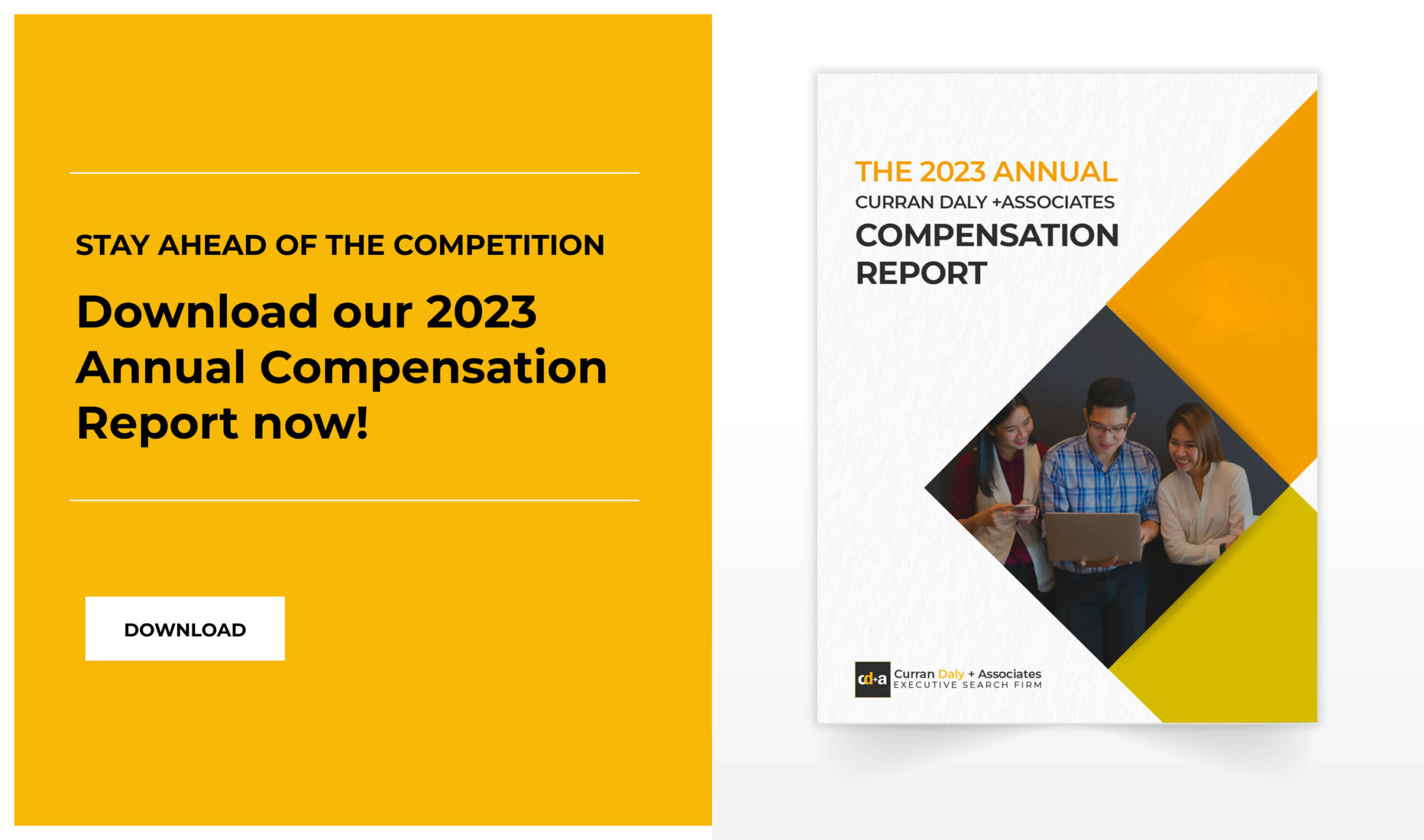 The struggle is real. In the everlasting war for talent – those who have a firm grasp and understanding of the talent they need to attract and retain have a heads up on the competition. So, what if you could already start recruiting the ‘right’ talent before even ‘actively’ recruiting? Well, you can, it’s called Employer Branding. In this week’s blog we highlight a few of these early recruitment-related activities as part of your overall business strategy and their impact on your organisation.
The struggle is real. In the everlasting war for talent – those who have a firm grasp and understanding of the talent they need to attract and retain have a heads up on the competition. So, what if you could already start recruiting the ‘right’ talent before even ‘actively’ recruiting? Well, you can, it’s called Employer Branding. In this week’s blog we highlight a few of these early recruitment-related activities as part of your overall business strategy and their impact on your organisation.
Employer Brand
The term ‘Employer brand’ was introduced by Ambler & Barrow (1996); they defined it as ‘the package of well-designed, monetary and emotional benefits. Branding is an attempt of an organisation to promote a clear vision that what makes it unique and different from other employers. Employer branding can also be used as “an implicit long term strategy to manage the awareness and perceptions of current and potential employees” (Sullivan, 2004). The employer brand communicates to candidates that an organisation is a sound place to work and why. Employer Brands communicate symbolic meaning to potential employees which make them understand that what an organisation can offer them in terms of value culture and monetary gains (Sullivan, 2004).
Early Recruitment-Related Activities
The goal of these early recruitment activities as part of building an employer brand is to attract a larger and more qualified pool of qualified applicants to an organisation (Barber, 1998).
1. Publicity
Publicity, defined as information about a product or service communicated through editorial media that are not paid for by an organisation (Cameron, 1994), represents a highly effective means for enhancing product brand image (Aaker, 1991). Although publicity is not under direct organisational control, organisations can positively influence the publicity they receive through press releases and public relations campaigns (Cameron, 1994). The marketing literature suggests publicity influences brand images because consumers find it to be more credible (Schwarz, Kumpf, & Bussman, 1986) and memorable (Cameron, 1994) than paid advertisements. From various research (Barber, 1999; Weber et. al 2004, etc) it is can be said that media publicity for firms have spill over effects on their recruitment efforts.
2. Sponsorships
Following the trends in product marketing, many corporations have begun expanding their recruitment efforts to include sponsorships of campus activities to build employer brand image among expected future applicants aka college students (Poe, 2000). For example, several telecommunications firms have donated money for scholarships and equipment to the Electrical and Computer Engineering Department at Virginia University in the US (Collins & Han, 2004).
3. Word-of-mouth endorsements
Research suggests that consumers reduce the risks associated with their purchases by seeking information from credible sources, such as friends or people perceived to have relevant expertise (Cobb-Walgren et. al., 1995). Such sources can provide both specific attribute information and more general attitudes about available brands. Word-of-mouth endorsements typically have the greatest impact on consumer decisions when they are positive and clearly distinguish among brands (Keller, 1993). Recruitment research seems to suggest that word-of-mouth endorsements can have a similarly strong effect on employer brand image. As with publicity, organisations lack the ability to directly control word-of-mouth endorsements. However, it is possible to engage in recruitment activities that increase the chances that positive word-of-mouth endorsements will occur (Collins & Stevens, 2002).
4. Advertising
Advertising refers to paid, professionally designed messages, channeled through various media outlets, that are used to modify consumers’ perceptions (Aaker, 1996). Because advertising is directly controlled by organisations, messages can be crafted to create desirable brand-attribute associations in consumers’ minds (Boulding, Lee, & Staelin, 1994) as well as to foster positive attitudes toward the brand (Milgrom & Roberts, 1986; Cobb-Walgren et al., 1995). Advertising can be particularly useful when consumers do not have direct experience with a brand or product class, because it provides specific information about attributes relevant to consumers’ decisions and may result in positive attitudes toward the brand (Keller, 1993). Recruitment advertising, in the form of brochures and job postings, has traditionally been used to disseminate information about openings (Rynes, 1991). Furthermore, Barber (1998) noted that these job advertising sources are frequently used by job seekers when making application decisions.






0 Comments